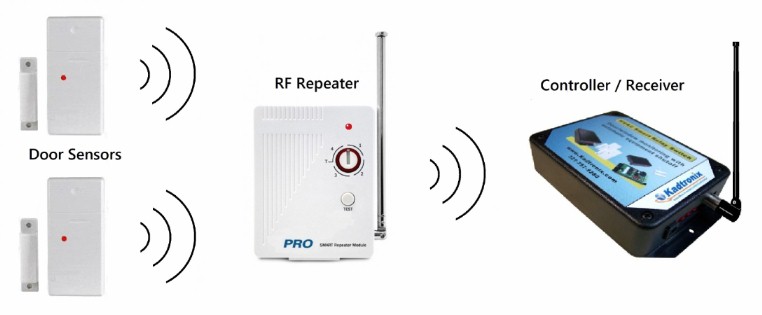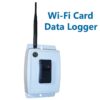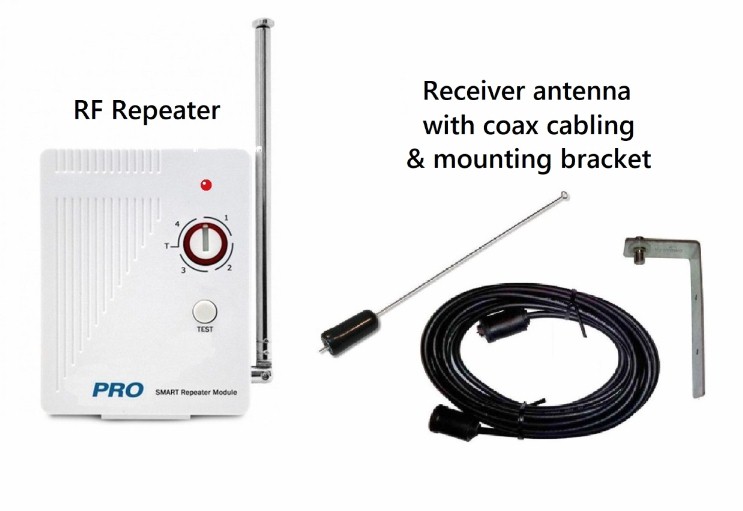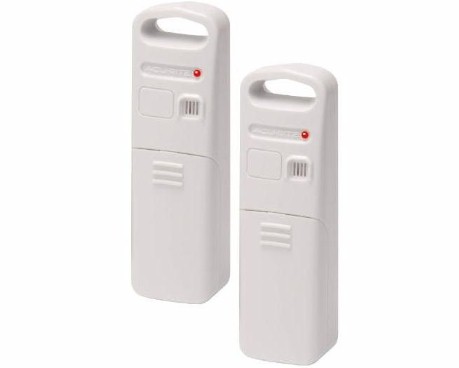Menu
Categories
Product Information
$149.00 – $327.00
Enhance the range of your wireless Class 2 (X10) sensors!
| Discounts | Qty | Price |
|---|---|---|
| buy 2 / save 10% | 2 | 10% $134.10 |
| buy 3 / save 15% | 3 + | 15% $126.65 |
SKU: N/A
Categories: HVAC Control, Wireless Automation, Wireless Systems
|
The Wireless Range Extender Package provides enhanced signal coverage for wireless devices including compatible door/window sensors. Ideal for increased coverage or for combating interference issues, the system is easily installed, requiring minimal time and effort. The following items are included:
Notes:
|
 Wireless Repeater System – Typical Network |
Features:
- Compact & easy to install – requires no tools or complicated setup
- Max range: 100 ft. (open air) / 50 ft. typical
- LED activity indicator
- Expandable (up to 4 repeaters)
- No batteries required
- Plugs into any standard AC wall outlet
What’s Included:
- KD-SR751 repeater
- KD-HSRS-RF-ANT-KIT antenna kit (for HSRS receiver / controller)
User Manual:
| Weight | 3 lbs |
|---|---|
| Repeater quantity | 1, 2 (+$89), 3 (+$178) |
Be the first to review “Wireless Range Extender (Class 2, X10)” Cancel reply
You must be logged in to post a review.

WiFi Card Data Logger
$899.00 – $2,188.00
Related products
© Powered by Kenneth Delahoussaye Consulting


















Reviews
There are no reviews yet.